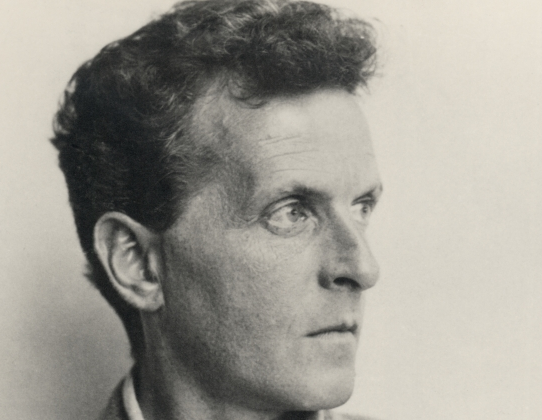
Going into the Democratic National Convention, who would have thought that the speech we’d all remember this week would belong to Khazir Khan, the father of a Muslim-American soldier who died fighting for the United States in Iraq? Khan’s rebuke of Donald Trump’s divisive presidential campaign was stinging, and it came capped with these lines:
Donald Trump, you are asking Americans to trust you with our future. Let me ask you: Have you even read the U.S. Constitution? I will gladly lend you my copy. In this document, look for the words “liberty” and “equal protection of law.”
Have you ever been to Arlington Cemetery? Go look at the graves of the brave patriots who died defending America — you will see all faiths, genders, and ethnicities.
You have sacrificed nothing and no one.
This private citizen succeeded in doing what Hillary Clinton, Bill Clinton, President Obama, Joe Biden and maybe even Michael Bloomberg could not. In his own modest, understated way, he put Trump on the defensive. And when Trump lashed out, you could finally hear the whispers: Have you no sense of decency, Donald, at long last?
Khizr Khan may be to Donald Trump what Joseph Welch was to Joe McCarthy. That would be one positive outcome of Khan’s speech. The other is that sales of the U.S. Constitution (as Electric Literature noted) have gone through the roof. The U.S. Constitution is currently #2 on Amazon’s list of bestselling books, right behind the new Harry Potter book. Fathom that.
You, too, can buy a pocket edition of the Constitution. But why not get it for free? Through November 8, the ACLU is running a promotion which will let you snag a free pocket-sized Constitution–one that can fit in your backpack, glove compartment, or back pocket. It measures 3/12” x 5.5” and features “the full text of the Constitution, the Amendments, including the Bill of Rights, as well as a Know Your Rights series: What to do if you’re stopped by the police.”
Head to this page, and use the coupon code POCKETRIGHTS.
If you would like to sign up for Open Culture’s free email newsletter, please find it here. It’s a great way to see our new posts, all bundled in one email, each day.
If you would like to support the mission of Open Culture, consider making a donation to our site. It’s hard to rely 100% on ads, and your contributions will help us continue providing the best free cultural and educational materials to learners everywhere. You can contribute through PayPal, Patreon, and Venmo (@openculture). Thanks!
Related Content:
R Crumb, the Father of Underground Comix, Takes Down Donald Trump in a NSFW 1989 Cartoon
J.K. Rowling Defends Donald Trump’s Right to Be “Offensive and Bigoted”
Noam Chomsky on Whether the Rise of Trump Resembles the Rise of Fascism in 1930s Germany




